As winner of numerous international awards, Bruschi Spa is known for its innovative approach in design and technology. We are glad to share our insights and experiences with the industry members.
Zamak components for electronic products
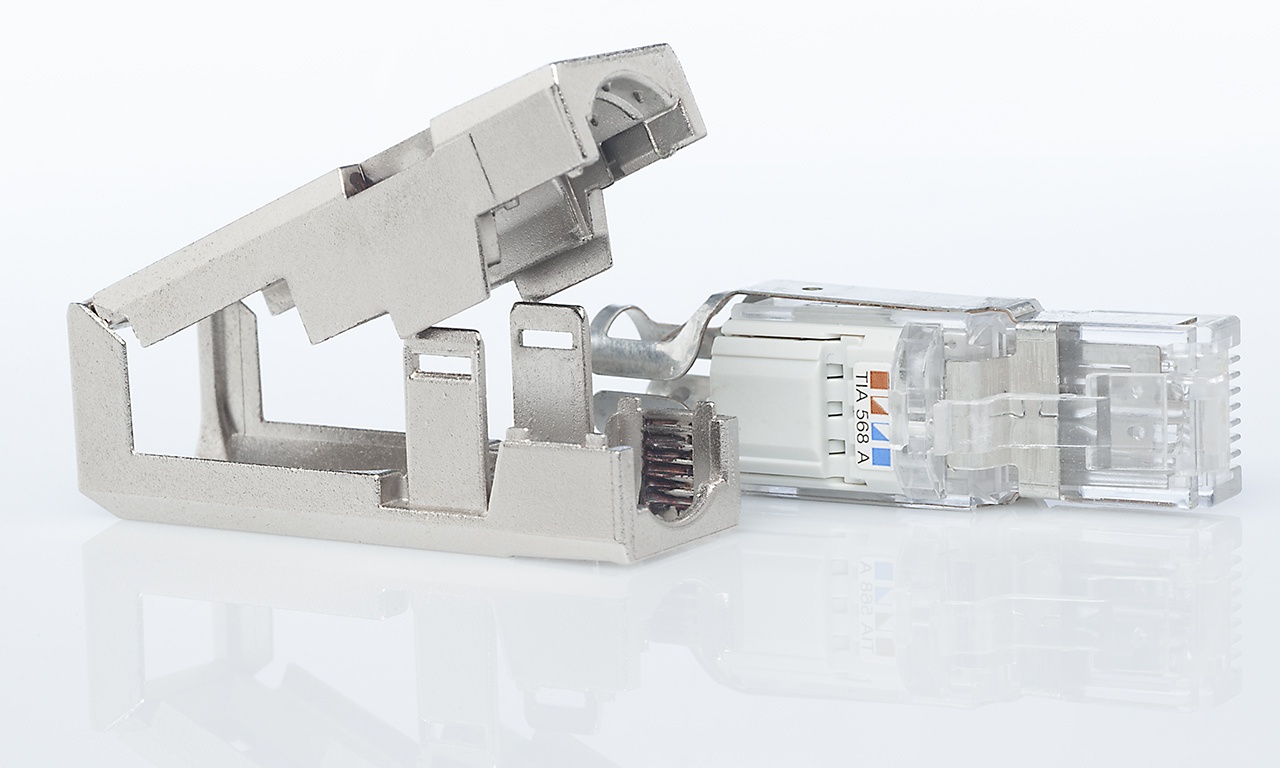
In this post we are going to briefly analyze the characteristics of zamak and to highlight its advantages in the production of components for electronic products. After that, we will review some components explaining how choosing zamak has made them more beneficial compared with similar products manufactured with other materials.
Characteristics of zamak
Zamak is an alloy composed of zinc, aluminum, magnesium and copper. According to the different percentages of these components the alloy has variable characteristics and can be used for the manufacturing of products for different market sectors. For an in-depth look at different types of zamak and their features, read the article ZAMAK molding in hot chamber die casting: chemical composition.
The characteristics of zamak that are particularly beneficial for the production of components for electronic products are:
Electromagnetic shielding
Zamak has good shielding properties with reference to Electromagnetic Interference (EMI). Therefore, it is especially suitable for the production of housings for electromagnetic cards because it is a product that requires a reduction of interferences
Heat dissipation
The properties of heat dissipation of zamak are similar, if not higher, to those of other materials. In this case, what makes zamak products competitive is the manufacturing cost of the product, the lifespan of the mold and the possibility to achieve products that do not need relevant secondary mechanical operations. For further information about this property of zamak, we suggest this case study: Zinc Heatsink Case Study: Loewe TV Heatsink.
Thin wall thickness and reduced dimensions
Zamak fluidity allows the achievement of a very thin wall thickness and of an extremely high level of detail in components of reduced dimensions. This is particularly important in the case of electronic products, which usually are characterized by very small dimensions and by a great number of details.
Stiffness and anti-vibration properties
These properties of zamak are especially relevant in case of electronic products employed in critical environments. In the industrial field, for example, electronic connections of some kinds of machine tools could be exposed to mechanical stress or vibration. It is evident that in cases like the one just described, zamak offers a protection and a vibration damping capacity that plastic could not offer.
To discover something more about chemical, physical and mechanical characteristics of zamak read the Zinc Association Engineering in Zinc, Today’s Answer, which contains very detailed information on these subjects.
Zamak components for electronic products: characteristics and competitive advantages
Let’s now analyze some zamak components for electronic products to examine their characteristics and competitive advantages.
Hard disk case
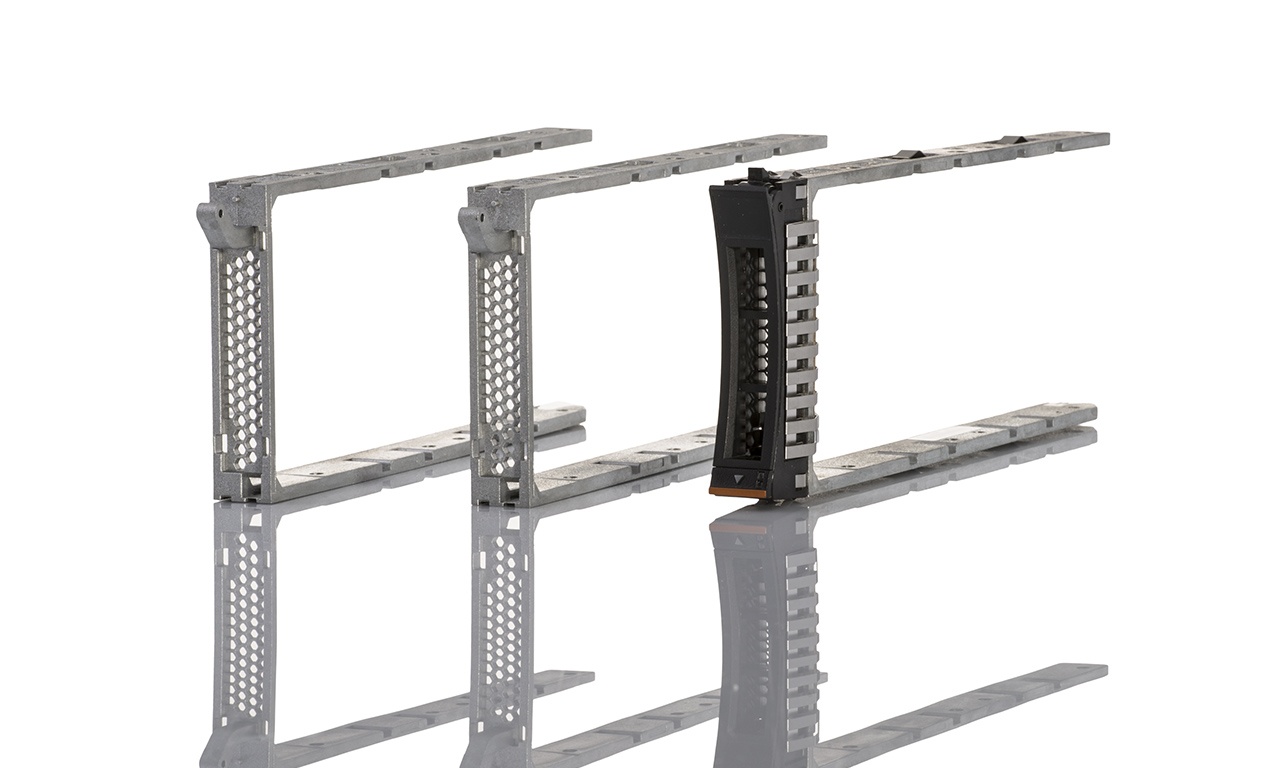
In this hard disk case we can observe how zamak properties contribute to the functionality of the product in several ways. Indeed, the case is anti-vibration and this allows the hard disk to work in stable conditions. Furthermore, as you can see in the picture, the product has both very small particulars and thin thickness. Specifically, directly during casting phase thanks to zamak it has been possible to realize the honeycomb grid that allows heat dissipation in the server through air circulation. With other materials the grid could have been achieved only through secondary operations, such as shearing, with unavoidable consequences in terms of timing and costs.
Housing for steering wheel lock
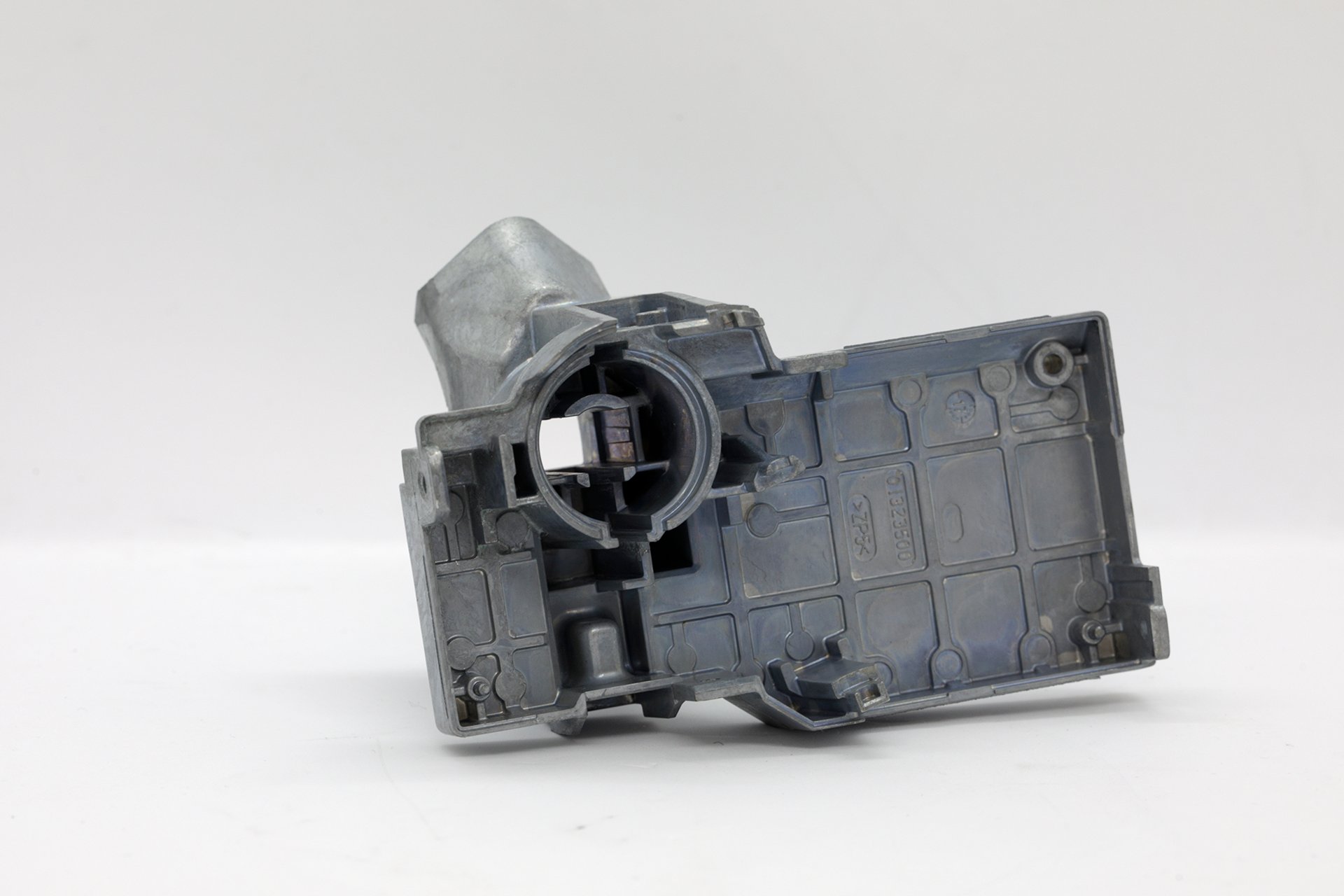
This housing hosts the electronic card of the steering wheel lock. In this case it is the properties of electromagnetic shielding and stiffness of zamak to make the product competitive compared with other similar products manufactured with other materials. As a matter of fact, the shielding allows the electronic card to function in optimal conditions without being subjected to the interference of near electromagnetic fields. Then, for this particular product, stiffness makes zamak especially competitive compared to plastic. Often when plastic housings are installed electronic cards tend to bend, whereas the stiffness of zamak leads to a higher protection, thus extending its lifespan.
Device for checking, counting and separating banknotes
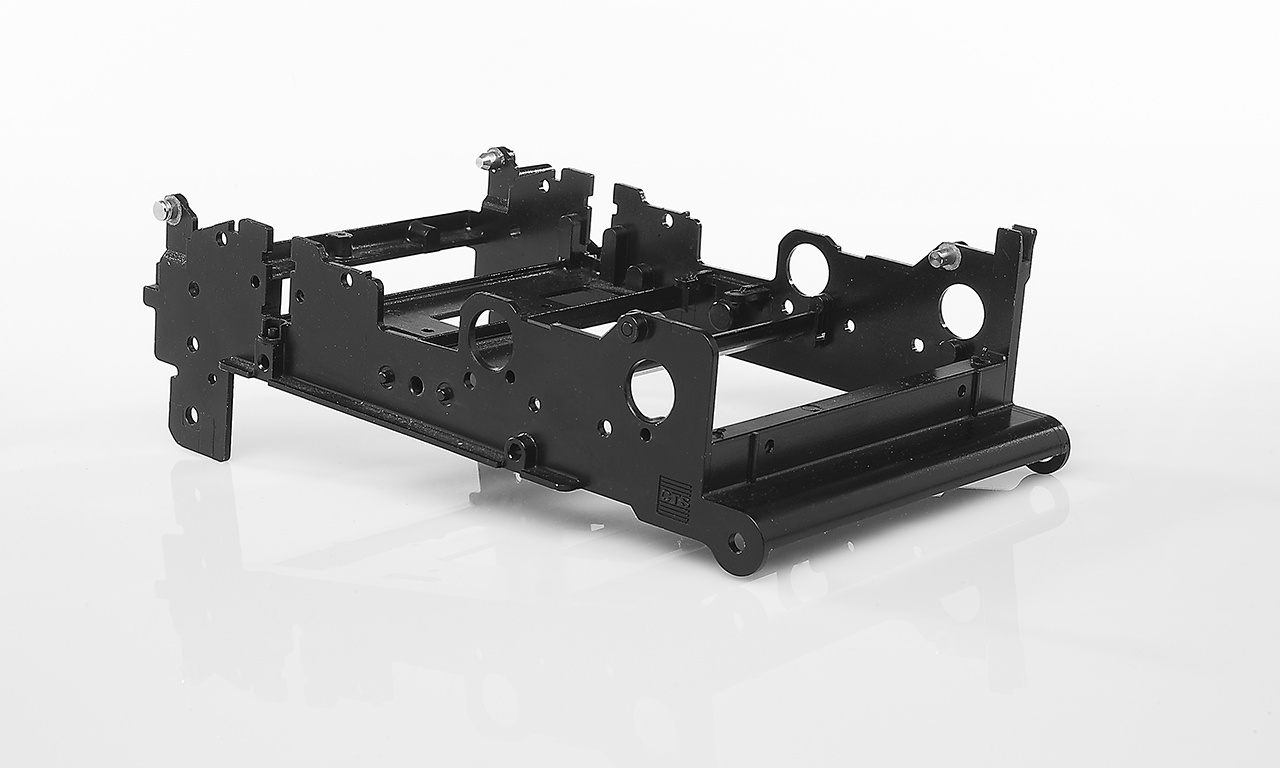
As far as this product is concerned, zamak has replaced stainless steel, thus cutting production costs and the need for mechanical operations and finishing. This has been made possible by the properties of zamak and especially by the capacity of the alloy to reach thin wall thickness and a high degree of detail. In this way the customer has obtained a product that does not need to be assembled, manufactured with molds with a long lifespan, which need little maintenance and with scrap rates close to zero.
Housing for corporate network connectors
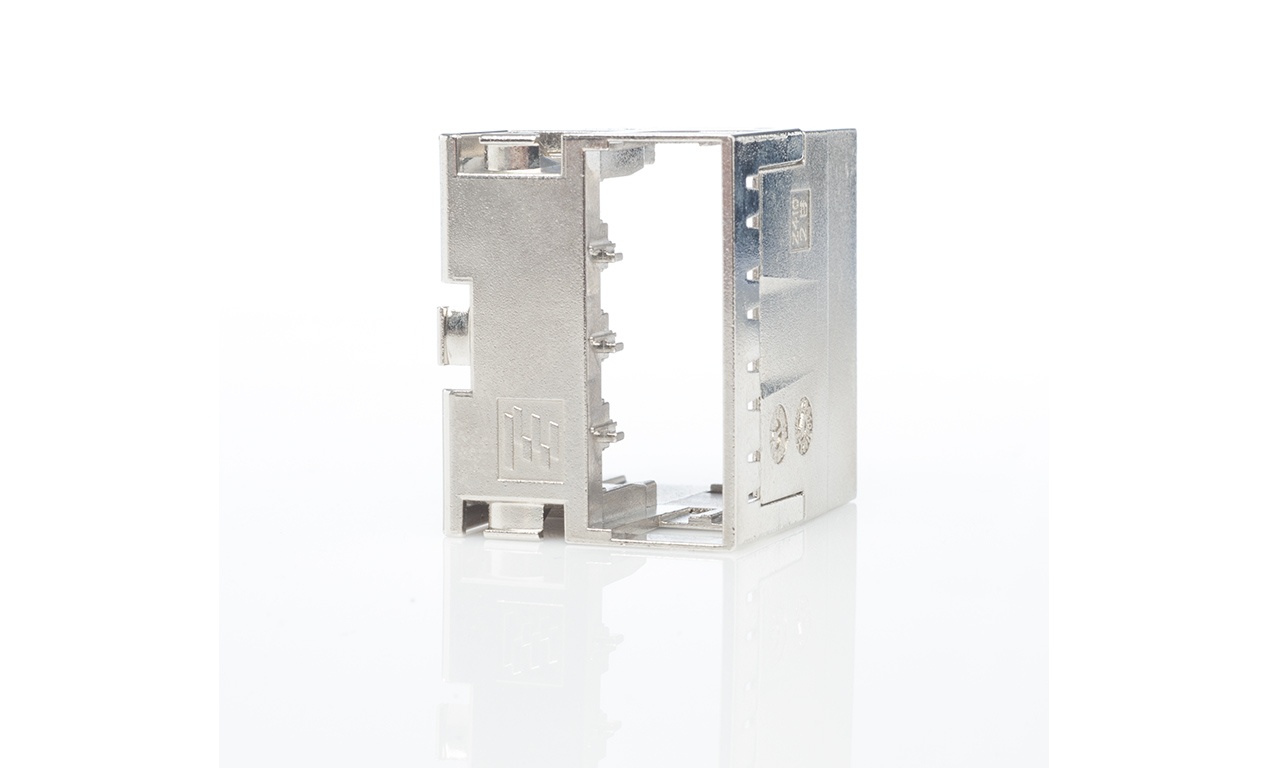
The housing for corporate network connectors is illustrative of the properties of shielding, stiffness and resistance of zamak. For these kinds of products, shielding properties of zamak allow freedom to the electronic designer, who can mitigate the drawbacks linked to the electromagnetic waves without special precautions, but only through the choice of the most suitable material. Stiffness and resistance of the material make the use of the component suitable for particularly critical environments, such as production departments of a plant.
Conclusions
With this brief overview on zamak components for electronic products we have analyzed how some properties of zinc alloys allow the achievement of competitive and effective products. However, these are not the only components for the electronic industry that can be manufactured in zamak. For a more comprehensive overview visit our website www.bruschitech.com in the Services page.

